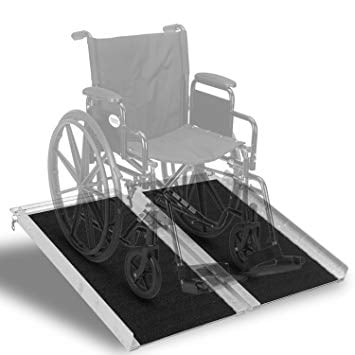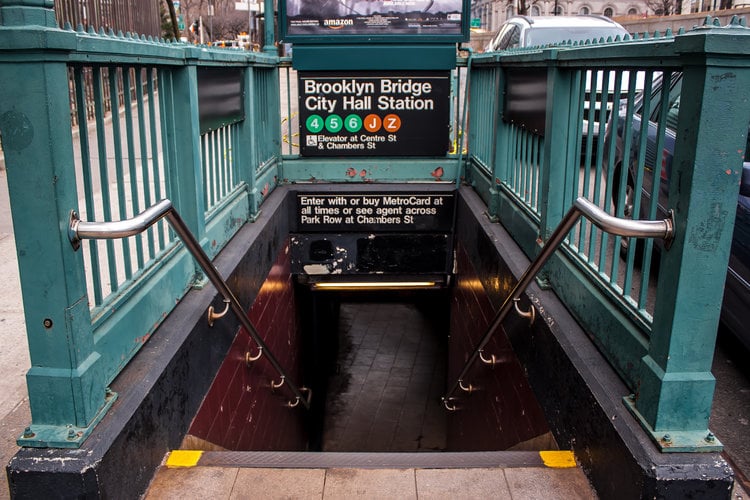Traveling by wheelchair can strike a nerve if you do not plan ahead, conduct research, or consider possible setbacks and delays because of handicap restrictions. For instance, not every hotel or motel has wheelchair accessibility, which may pose problems if traveling alone. Be sure to inquire about wheelchair accessibility while scheduling hotel reservations in order to stave off potential headaches. Those with mobile challenges rely on wheelchair assistance wherever they travel, which includes airline services, boating or cruise accommodations, and other transportation mediums, such as taxis, buses, shuttles, and amusement park rides. Consider inquiring with these services about possible airlift assistance, elevators, and ramps. Additionally, inquire with these services about medicinal and special equipment restrictions, such as designated areas for defibrillators and oxygen tanks. Finding out this information ahead of time can really save you time and money.
Continue reading Tips for Traveling with your Wheelchair
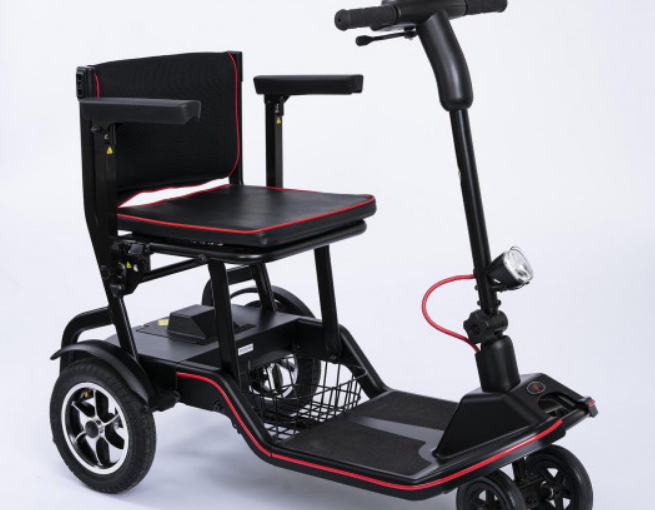
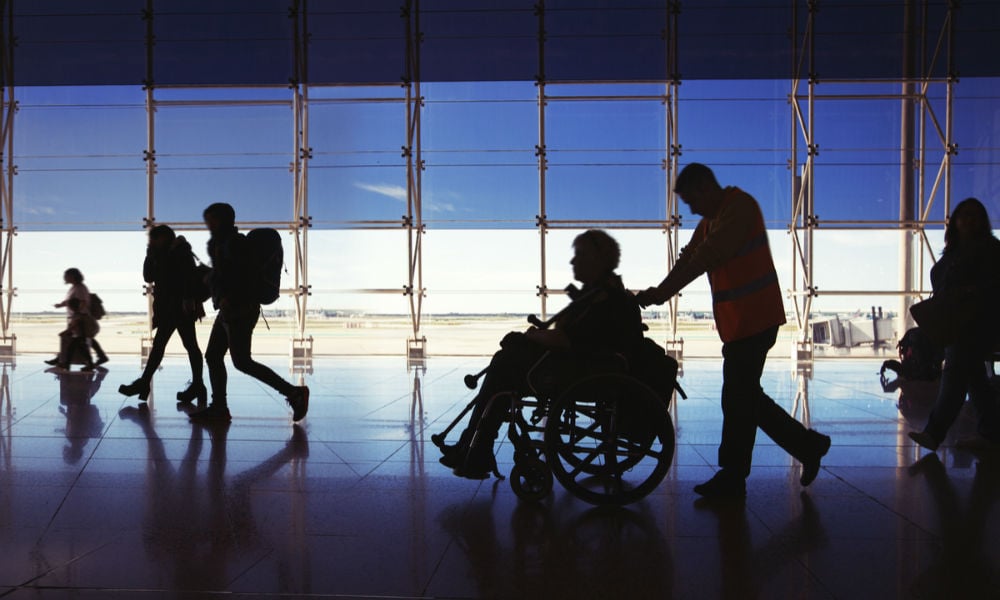
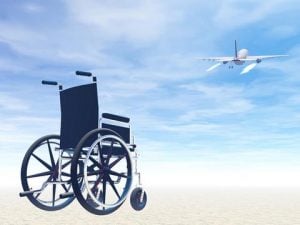 Air travel has its set of challenges for people with disabilities (PWD), despite industry efforts to make air travel easy for them. Sure, there’s the
Air travel has its set of challenges for people with disabilities (PWD), despite industry efforts to make air travel easy for them. Sure, there’s the 